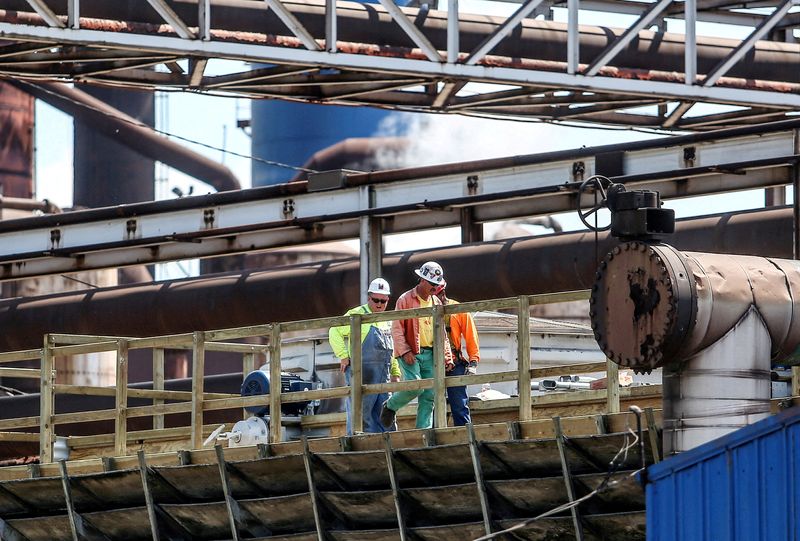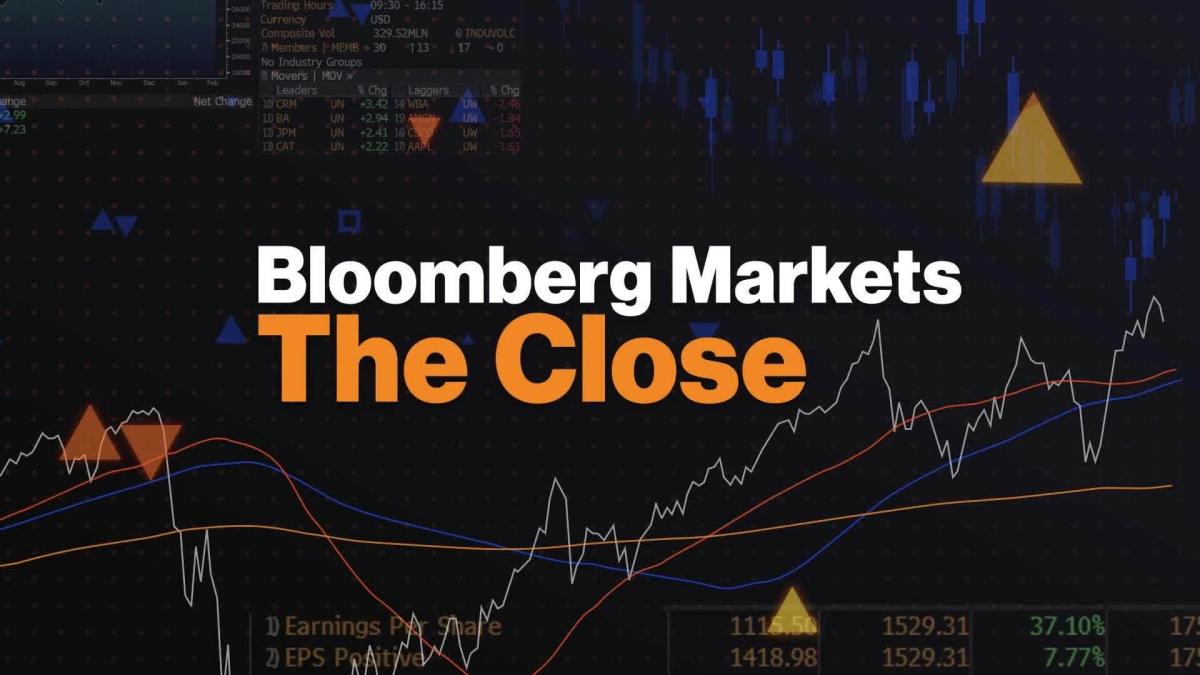(Bloomberg) — Argentina’s government has finally hit the panic button.
Most Read from Bloomberg
After years of trying to avoid a currency devaluation that would add to soaring inflation and reduce her popularity with voters, she did so on Monday. The move was an admission by President Alberto Fernandez that his administration has run out of options — and money — to defend an unsustainable exchange rate after suffering a stinging defeat in a crucial primary election on Sunday.
An 18% devaluation brings the official peso rate to 350 per dollar, compared to 287 per dollar on Friday, and comes with another big hike in the central bank’s key interest rate. It was raised 21 percentage points, to 118%.
Radical decisions will do little to calm investors, with Argentine assets falling since a stronger-than-expected performance on Sunday by liberal candidate Javier Milli, who wants to dollarize the economy and abolish the central bank.
Read more: Argentina devalued the peso, raising prices in an effort to curb market chaos
Argentines without access to dollars on the official market have raced to buy them on the parallel market on the streets of Buenos Aires, driving the price down as much as 12% to about 690 pesos per dollar, according to dolarhoy.com. . The nation’s bonds, already struggling, led declines across emerging markets. Stocks also fell, with the US-traded ETF down 1 point by the most since March 2020 before cutting losses.
Fernandez is well aware of the risks that devaluation brings. Less than a month ago, Fernandez told Bloomberg TV that “a sudden devaluation would be problematic for Argentina.” Without winning the investment community’s trust first, the move could exacerbate a devaluation-inflationary spiral that is difficult to break. Inflation is already running at an annual pace of 115%.
In Argentina, a country that had hyperinflation in the past and now average prices are increasing at 6% per month, it doesn’t take long for the political turmoil and market crash to spill over into the real economy. On Monday morning, there were already initial reports that some business suppliers were raising their prices, adding to the growing sense of crisis in the country ahead of the October 22 presidential election.
“We are in a context of very low credibility, so we expect monthly inflation in August or last September to enter double-digit territory. Two digits easily mean 10%,” Gabriel Camano, economist at Buenos Aires-based Consultora Ledesma.
To some extent, Monday’s drama supports the argument espoused by Milli, a liberal who believes that Argentine government officials are incapable of properly managing the country’s money supply and controlling inflation. Milley, now the frontrunner for the October general election, proposes drastic cuts in government spending and taxes, privatization of deficit-creating public companies, and eventually getting rid of her independent monetary policy.
Read more: Key takeaways from Argentina’s primary vote surprise
While his electoral success — he emerged first from the primaries with about 30% of the vote — shows his right-wing agenda is resonating with Argentines weary of government waste and economic disaster, meanwhile, his lack of executive experience and projected congress division raises questions. about judgment. Argentina also has a history of monetary decisions – like the peso’s peg to the dollar in the 1990s – that didn’t end well.
For the ruling Peronist coalition, coming out in third place – behind the more business-friendly opposition – is a disastrous outcome as it assures there will be a three-way race in October, with a higher chance of a November runoff between the two biggest candidates. The government’s challenger, Economy Minister Sergio Massa, will have a much steeper path to qualify for the runoff, given how hard the currency devaluation is likely to hit Argentine consumers.
Read more: Milley’s plan for Argentina: dollarization, asset sales, guns
The problems don’t end here for Massa, who will also have to grapple with a complex $44 billion agreement with the International Monetary Fund with diminished political clout. The IMF’s board has yet to approve the disbursement of $7.5 billion for the country that was expected to arrive in the second half of August, with a meeting now planned for August 23.
The devaluation of the peso is likely to be one of the main conditions behind the negotiations with the IMF, according to Alberto Bernal, chief strategist of the Global Bureau of Institutions at XP.
“It somewhat reduces pressure on external accounts and while it will generate more recession and higher inflation, there is no alternative,” he said. “It’s bad news for Massa because it increases the possibility that he won’t make it to the run-off.”
The new official exchange rate of 350 pesos per dollar is the wholesale rate for businesses and banks, but it is not the only factor affecting currency movements and inflation expectations.
State-owned Banco Nacion also revised the value of its retail peso to 365.5 per dollar, from 298.5 on Friday, with the central bank vowing to keep that level unchanged until the election in a bid to contain further devaluation fears.
Argentina’s central bank, which confirmed the rate hike in a statement, also raised the passive one-day repo rate to 111% this Monday from 91%, and the active one-day repo rate to 140% from 116%. The Ministry of Economy in Buenos Aires referred questions to the Central Bank.
– With assistance from Patrick Gillespie and Giovanna Belotti Azevedo.
(Update on the date of the meeting of the Board of Directors of the International Monetary Fund in the twelfth paragraph.)
Most Read by Bloomberg Businessweek
© 2023 Bloomberg LP



